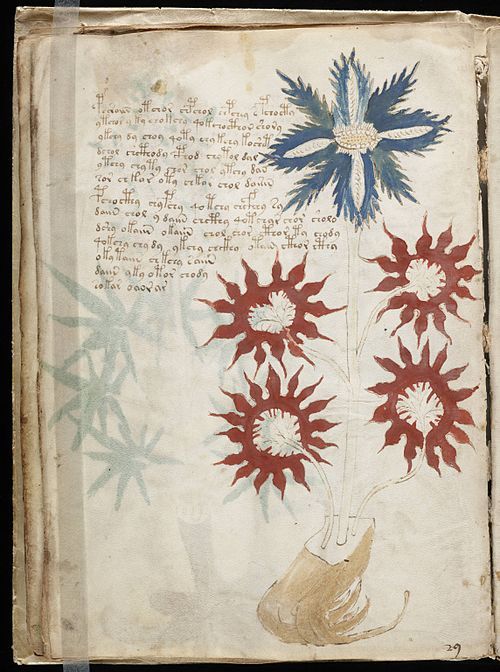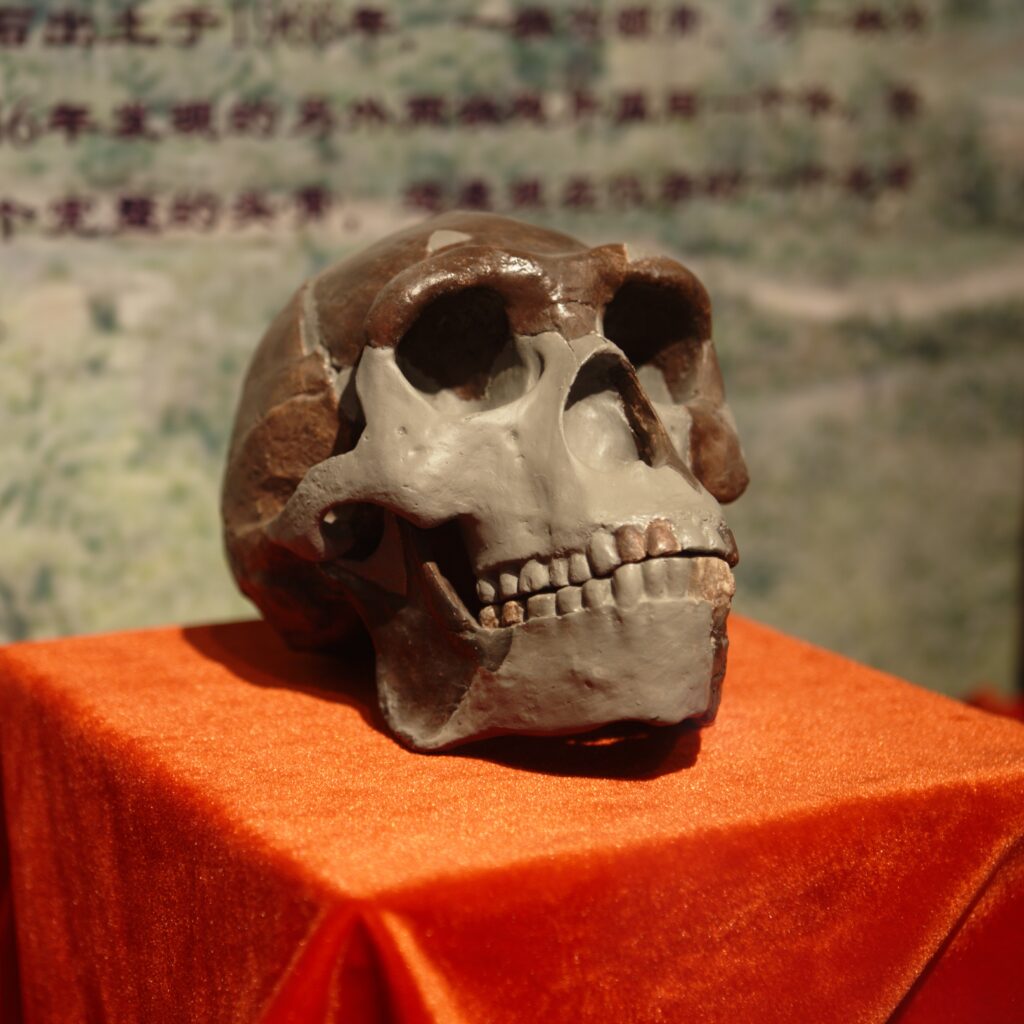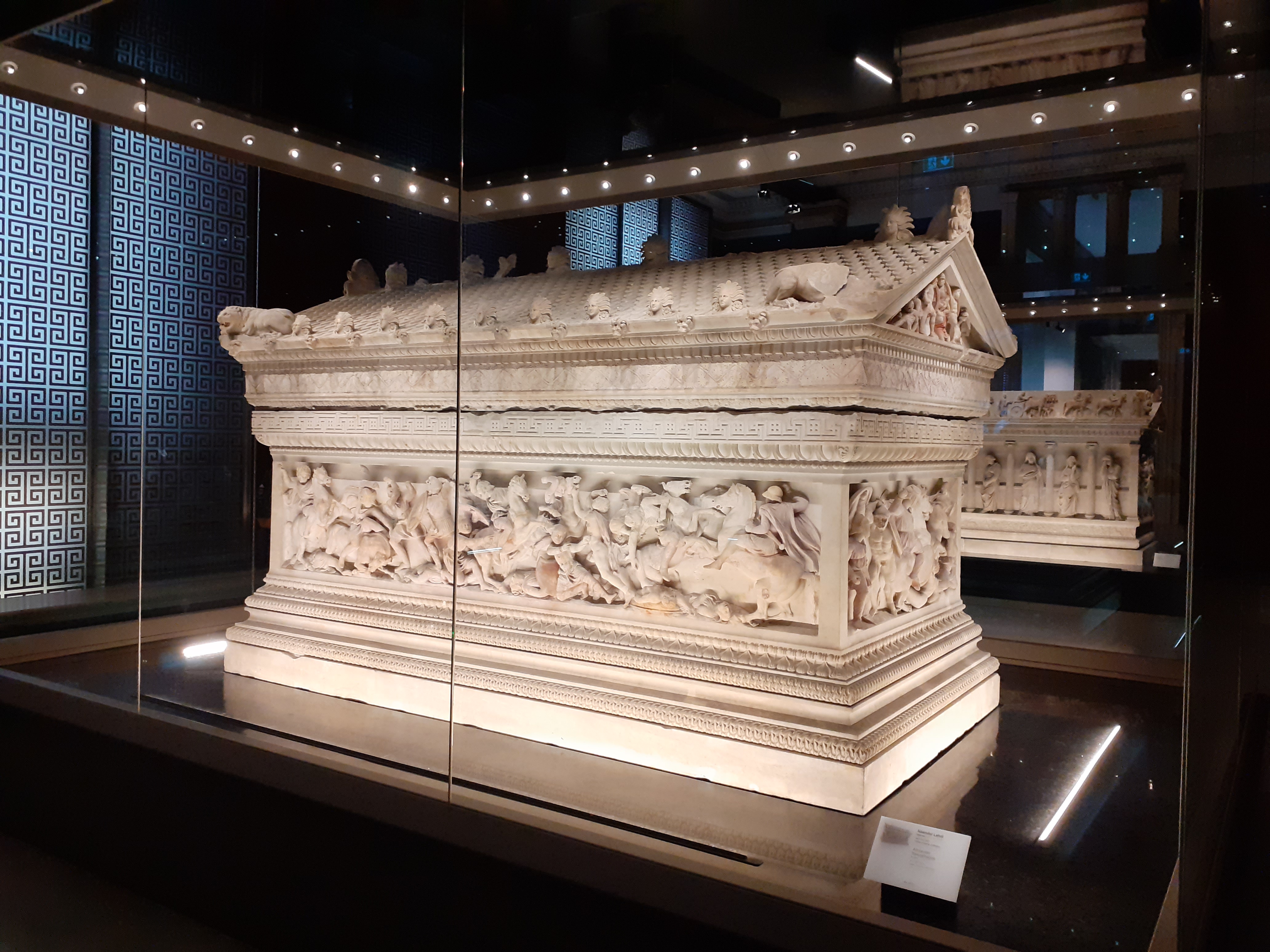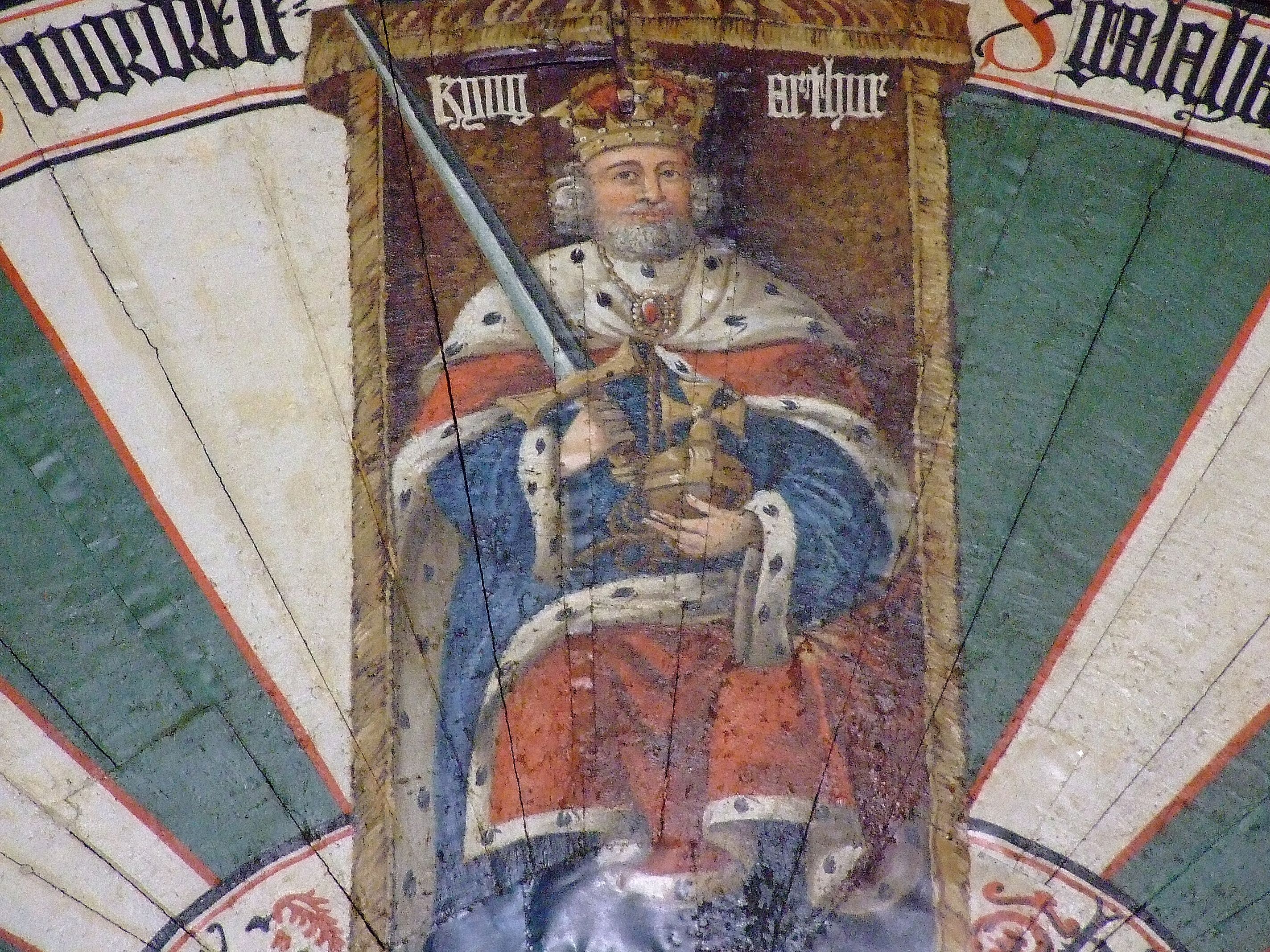
Humanity’s past is a tapestry woven with countless threads of discovery, triumph, and understanding, yet within its intricate patterns lie persistent knots—enigmas that have defied resolution for decades, centuries, and even millennia. These historical mysteries captivate our imaginations, beckoning us to delve deeper into forgotten eras and perplexing events, challenging our perceptions of what we truly know about the world we inhabit. They are the stories whispered through time, tantalizing researchers with fragments of evidence, tantalizing clues, and the profound absence of definitive answers.
From the grand scale of ancient empires and legendary figures to the chilling details of unexplained disappearances and elusive identities, these puzzles remind us that history is not always a neat, linear narrative. Sometimes, crucial evidence is lost to the sands of time, archaeological sites are destroyed, or the surviving information is simply too vague to forge a consensus among scholars. The lack of clear explanations only deepens their allure, fueling endless speculation and dedicated investigative efforts by generations of historians, archaeologists, and forensic experts.
In this extensive exploration, we embark on a journey through some of the most compelling historical questions that continue to elude definitive explanations. We will examine the facts, the theories, and the formidable challenges faced by those who strive to piece together these fractured narratives, understanding that for many, the final chapter may forever remain unwritten.

1. **Was Mount Everest scaled in 1924?**The majestic, formidable peak of Mount Everest holds a profound allure for mountaineers, and the first verified ascent, made by Edmund Hillary and Tenzing Norgay on May 29, 1953, is etched into history. However, a shadow of an earlier triumph lingers, raising one of mountaineering’s most enduring questions: did British climbers Andrew Comyn “Sandy” Irvine and George Mallory reach the summit nearly three decades prior, in 1924, before their tragic deaths?
Mallory and Irvine embarked on their fateful climb in 1924, and their disappearance on the upper slopes has sparked endless debate. In 1999, the discovery of Mallory’s body by climber Conrad Anker at an astounding height of almost 27,000 feet (8,229 m) provided a tangible link to their final moments. Yet, this discovery, while poignant, offered no conclusive proof of whether they achieved their ultimate goal.
The mystery intensified in 2024 when a National Geographic documentary team unearthed Irvine’s foot, still encased in its sock and boot, at an even higher altitude. Crucially, the camera the duo carried, which could potentially hold photographic evidence of their success, remains undiscovered. Without this vital piece of evidence, and with the immense challenges of recovering additional clues from such extreme conditions, it appears increasingly unlikely that we will ever definitively know if these pioneering mountaineers stood atop the world before they perished.
Read more about: Unraveling History’s Most Persistent Puzzles: 10 Unsolved Mysteries That Still Baffle Top Historians

2. **What happened to the Mary Celeste?**Perhaps one of the most iconic maritime mysteries, the abandonment of the Mary Celeste in 1872 continues to baffle historians and investigators. On December 5, 1872, the British ship Dei Gratia encountered the brigantine Mary Celeste adrift approximately 400 miles (644 km) east of the Azores. What they found was a vessel in seaworthy condition, yet eerily deserted.
Intriguingly, there was no sign of struggle or damage to the ship itself, save for a missing lifeboat. The cargo of alcohol was intact, and everything appeared to be in order, defying any simple explanation for the crew’s sudden departure. The ten passengers and crew members who had been aboard the Mary Celeste were never seen or heard from again, leaving an unsettling void in the historical record.
Numerous theories have been proposed to explain this inexplicable abandonment. One popular hypothesis suggests that a leak from the ship’s alcohol cargo may have created explosive fumes, prompting the crew to temporarily abandon ship for fear of a fire or explosion, only to be swept away. Another speculation points to a potential encounter with a waterspout, a powerful column of rotating air and water, which could have threatened the vessel. Despite extensive analysis and countless fictional accounts, the true events leading to the Mary Celeste’s abandonment remain an unsolved riddle, a testament to the unpredictable forces of the sea and the unfathomable decisions made under duress.
Read more about: From Lost Empires to Vanished Souls: Some Unexplained Historical Enigmas

3. **What does the Voynich manuscript say?**Locked away in a Yale University vault, the Voynich manuscript is a 600-year-old codex that stands as a monumental challenge to linguists, cryptographers, and historians. Its pages are filled with intricate illustrations of unknown plants, astronomical diagrams, and bathing women, all accompanied by extensive writings in an unknown script. The identity of its author remains a profound mystery, as does the very nature of its text.
Scholarly attempts to decipher the manuscript have been ongoing for centuries, yet every effort has met with failure. Researchers are divided on whether the text represents a lost or unknown language, an elaborate code, or even a sophisticated form of gibberish. The consistent patterns within the writing suggest a genuine linguistic structure, but without a key or any known parallel, it has resisted all attempts at translation.
Theories about the manuscript’s purpose are as varied as they are intriguing. Some suggest it could be a reference book on herbal medicine, an alchemical text, a work of fiction, or perhaps a document designed to gain entry into a secret society. The sheer complexity and unique nature of its content make it an unparalleled historical anomaly. With no breakthrough in sight, it appears increasingly likely that the secrets held within the Voynich manuscript will continue to guard themselves, rendering it an undecipherable artifact for the foreseeable future.
Read more about: Unraveling History’s Most Persistent Puzzles: 10 Unsolved Mysteries That Still Baffle Top Historians

4. **Where are the bones of Peking Man?**The discovery of bones belonging to a hominin dubbed “Peking Man” in 1923, within a cave near the village of Zhoukoudian, near Beijing, represented a monumental leap in understanding early human evolution. These ancient fossils, vital to the study of *Homo erectus* and human origins in Asia, met a tragic fate during the turmoil of World War II, their location becoming one of the most frustrating archaeological mysteries.
In 1937, Japan invaded China, and as the conflict escalated, efforts were made to safeguard these invaluable fossils. In 1941, an attempt was made to ship them to the United States for safekeeping, just before the attack on Pearl Harbor. Tragically, this attempt failed, and the bones vanished without a trace, their whereabouts unknown to this day. The loss was immeasurable, robbing future generations of direct access to a critical piece of the human evolutionary puzzle.
Various theories have emerged regarding their disappearance. One posits that the fossils were aboard a ship that was sunk during the war, consigning them to the ocean depths. Another suggests they were buried somewhere within China, perhaps for protection, but their exact burial site was subsequently forgotten or never revealed. While it seems unlikely that the original fossils will ever be recovered, recent excavations in the Zhoukoudian caves have yielded new tools associated with Peking Man, offering faint glimmers of hope and providing indirect insights into this prehistoric population.
Read more about: Unraveling History’s Most Persistent Puzzles: 10 Unsolved Mysteries That Still Baffle Top Historians

5. **Where is Alexander the Great buried?**Alexander the Great, a military genius who, by the age of 32, had forged an empire stretching from the Balkans to Pakistan, died in Babylon in 323 B.C. His sudden death plunged his vast dominion into disarray, yet the mystery of his final resting place remains one of antiquity’s most captivating unsolved puzzles. Despite his immense fame, the location of his iconic tomb has been lost to history.
Historical accounts suggest that, two years after his death, one of Alexander’s generals brought his body to ancient Egypt. It was initially held in the city of Memphis while an elaborate tomb was constructed for him in the bustling city of Alexandria, the very city he founded. This tomb, if it ever was completed in Alexandria, has since disappeared, leaving no definitive trace for archaeologists to unearth.
One compelling theory posits that the tomb might have sunk beneath the waves of the Mediterranean. Alexandria’s “Palaces District,” where such a grand structure would likely have been built, is now submerged. If this is the case, millennia of both human activity and natural erosion could have completely destroyed it, or made it utterly unidentifiable. Experts have also noted that ancient historians provided little physical description of the tomb, meaning that even if remains were found, a clear, intact inscription would likely be necessary to confirm it belonged to Alexander the Great, making the resolution of this mystery incredibly difficult.
Read more about: Unraveling History’s Most Persistent Puzzles: 10 Unsolved Mysteries That Still Baffle Top Historians

6. **Was there a real King Arthur?**The legend of King Arthur, with its vivid tales of Camelot, the valiant Knights of the Round Table, the wise wizard Merlin, and the magical sword Excalibur, has captivated audiences for over a millennium. These stories have been retold countless times, becoming a cornerstone of British mythology and literature. Yet, beneath the layers of romance and magic, a fundamental question persists: was there ever a real historical figure named King Arthur?
The earliest surviving accounts that mention a leader resembling King Arthur date back to the ninth century. These texts describe a chieftain, possibly not even a king, who led several battles against the Saxon invaders. However, even the accuracy and reliability of these early chronicles are subject to significant scholarly debate, making it difficult to separate historical fact from nascent legend.
Various sites across Britain are traditionally linked to Arthurian legends, such as Tintagel, a coastal fortress in Cornwall believed by some to be Arthur’s birthplace or home. Archaeological excavations at such sites have indeed revealed ancient settlements and fortifications, but none have provided concrete, irrefutable evidence that Arthur ever lived there, or indeed, that he existed as a historical personage. Ultimately, the question of whether King Arthur was a real individual or a purely fictional construct, an embodiment of British hopes and fears, appears unlikely to ever be settled definitively by scholars, leaving him forever in the realm where history and myth gracefully intertwine.
Continuing our journey through the annals of history, we now turn our attention to six more compelling enigmas that challenge our understanding and remind us that even in an age of advanced forensics and digital archives, some secrets stubbornly refuse to be unearthed. These are the stories that linger, shaping our narratives and fueling our insatiable curiosity about the past.
Read more about: Unraveling History’s Most Persistent Puzzles: 10 Unsolved Mysteries That Still Baffle Top Historians

7. **What happened to the “vanished” colonists at Roanoke?**The Roanoke colony’s disappearance stands as one of American history’s most profound mysteries. In 1587, John White led a group to establish an English settlement on Roanoke Island. Months later, he returned to England for supplies, but war delays kept him away for three years. Upon his return in 1590, he found the entire colony—over a hundred men, women, and children—gone, leaving an eerie silence and few clues.
The only discernible evidence was the word “CROATOAN” carved into a palisade and “CRO” on a tree. White surmised the colonists had relocated to Croatoan Island (now Hatteras Island), home to a friendly Native American tribe. However, a sudden storm prevented his investigation, and he could never secure funds for another search, leaving their fate sealed in uncertainty.
Centuries of speculation have yielded various theories: possible attacks by rival powers like the Spanish, conflict with Native American tribes, or simply succumbing to disease or starvation. While some documents mention Chief Powhattan killing colonists, archaeological evidence remains elusive. William Kelso, emeritus director of archaeology and research at the Jamestown Rediscovery Foundation, calls it “the biggest unsolved mystery in American history,” highlighting the enduring enigma of these vanished settlers.
Read more about: Unraveling History’s Most Persistent Puzzles: 10 Unsolved Mysteries That Still Baffle Top Historians

8. **Where is William Kidd’s treasure hidden?**Captain Kidd, a name synonymous with buried treasure, was a Scottish privateer commissioned by the British government in the late 1600s. His career took a tragic turn when he was branded a pirate for capturing the Quedagh Merchant, a ship carrying goods belonging to a Mughal Emperor’s nobleman. Despite Kidd’s claims of legitimacy, this act led to his execution for piracy in 1701, a stark reversal of his initial mandate.
Before his ignominious death, Kidd claimed to have pilfered around 100,000 British pounds (approximately $20 million today) and buried it somewhere. He offered to reveal the treasure’s location in exchange for his life, a desperate plea documented in a letter now in the British National Archives. However, his offer was refused, and he was hanged, his body later displayed as a grim warning. The Quedagh Merchant wreck was found in 2007, but without its fabled cargo.
To this day, none of Captain Kidd’s legendary treasure has ever been recovered. Countless searches and the enduring fascination of historians and enthusiasts have failed to unearth the hoard. It appears increasingly unlikely that this fabled wealth will ever be found, leaving one of history’s most tantalizing pirate tales forever without its ultimate prize, a testament to the persistent allure of hidden riches.
Read more about: From Lost Empires to Vanished Souls: Some Unexplained Historical Enigmas

9. **Who was Jack the Ripper?**In the autumn of 1888, London’s East End was terrorized by an unknown assailant, infamously known as “Jack the Ripper.” This shadowy figure brutally murdered and mutilated at least five women, primarily in the Whitechapel district, sparking widespread panic and an intense, yet ultimately fruitless, manhunt that left his identity shrouded in mystery.
During the investigation, a series of taunting letters, allegedly from the Ripper, were sent to police, detailing his heinous acts and mocking their efforts. While these communications gave rise to the chilling moniker, their authenticity remains a subject of considerable debate among scholars. Over the decades, dozens of individuals have been proposed as the killer, including controversial suggestions such as Lizzie Williams in John Morris’s 2012 book, though these lack definitive evidence and are often met with skepticism.
The absence of advanced forensic techniques at the time and the passage of over a century have made conclusive identification virtually impossible. Modern attempts using DNA analysis have been largely inconclusive. With no new credible evidence anticipated, the true identity of Jack the Ripper will likely remain one of history’s most chilling cold cases, an unresolved horror that continues to captivate and perplex.
Read more about: Unraveling History’s Most Persistent Puzzles: 10 Unsolved Mysteries That Still Baffle Top Historians

10. **Where is Jimmy Hoffa?**The disappearance of Teamster union leader Jimmy Hoffa on July 30, 1975, in Oakland County, Michigan, remains one of America’s most enduring mysteries, deeply entangled with organized crime. Hoffa, a powerful and controversial figure, was declared legally dead in 1982, yet his killer(s) and the whereabouts of his body continue to elude investigators, despite decades of extensive searches across Detroit and Oakland County.
A prominent, though debunked, theory suggested Hoffa’s body was buried beneath Giants Stadium in New Jersey. More recently, in October 2021, FBI agents revisited a former landfill in New Jersey following a deathbed confession from a worker claiming he and his father buried Hoffa in a steel barrel there in 1975. However, FBI spokeswoman Mara Schneider later confirmed that “Nothing of evidentiary value was discovered during that search,” and the barrel was not found.
The identity of Hoffa’s killer is also unclear. Hitman Richard “The Iceman” Kuklinski claimed responsibility before his death in 2006, a confession documented in a book. However, police officers subsequently cast doubt on Kuklinski’s claims, suggesting he often exaggerated. As time passes and potential witnesses or perpetrators pass away, the chances of finding Hoffa’s remains or definitively identifying his killer diminish, leaving his disappearance as an enduring symbol of unresolved power struggles.
Read more about: Unraveling History’s Most Persistent Puzzles: 10 Unsolved Mysteries That Still Baffle Top Historians

11. **Where is Cleopatra’s tomb?**Ancient writers claim Cleopatra VII, the last active pharaoh of Egypt, and her Roman lover Mark Antony, were buried together in a magnificent tomb after their deaths in 30 B.C. The historian Plutarch described it as a “lofty and beautiful” monument near a temple of Isis, filled with treasures of gold, silver, emeralds, and ivory. Yet, despite these vivid accounts, the precise location of this legendary royal tomb remains one of Egyptology’s most captivating unsolved mysteries.
Generations of archaeologists have searched in vain for definitive traces. In 2010, former antiquities minister Zahi Hawass led extensive excavations at Taposiris Magna near Alexandria, a site with tombs from Cleopatra’s era. While interesting discoveries were made, Cleopatra’s tomb was not among them, with Hawass stating “no evidence that the tomb is located there.”
The challenges are immense. Millennia of natural degradation, rising sea levels, and extensive human activity, including widespread looting, could have destroyed or rendered any remains unidentifiable. The “Palaces District” of ancient Alexandria, where such a grand monument might have stood, is now submerged. Even if fragments were found, irrefutable evidence like an intact inscription would be needed for confirmation. Thus, the final resting place of the legendary queen will likely remain a perpetual enigma.
Read more about: From Lost Empires to Vanished Souls: Some Unexplained Historical Enigmas

12. **Who killed JFK?**The assassination of President John F. Kennedy on November 22, 1963, in Dallas, Texas, is perhaps the most emotionally charged and impactful mystery in American history. While the official narrative identifies Lee Harvey Oswald as the sole assassin, the profound questions surrounding the event have never been fully resolved to everyone’s satisfaction, sparking a legacy of skepticism and persistent debate.
Adding to the complexity, Oswald was fatally shot two days later by nightclub owner Jack Ruby before he could stand trial. Ruby’s subsequent death from lung cancer in 1967 further silenced a key figure. The Warren Commission concluded Oswald acted alone, and Ruby acted alone to spare Jacqueline Kennedy distress. However, many historians and the public dispute this, pointing to inconsistencies and the possibility of a larger conspiracy, highlighting various alternative theories from organized crime to foreign plots.
Given the passage of time, the unlikelihood of new significant evidence, and the deeply polarizing nature of existing theories, a firm consensus regarding JFK’s assassination will probably never be reached. The enduring questions will continue to captivate and divide, serving as a powerful reminder that some historical wounds, no matter how thoroughly investigated, may never fully heal in the collective consciousness.
Read more about: Unraveling History’s Most Persistent Puzzles: 10 Unsolved Mysteries That Still Baffle Top Historians
These twelve historical enigmas, from the phantom ascent of Everest to the shadowy figures of Ripper and Hoffa, and the lost resting places of legendary leaders, paint a vibrant picture of humanity’s shared past. They are not merely cold cases or academic footnotes; they are narratives that compel us to question, to explore, and to embrace the thrilling uncertainty that often accompanies the pursuit of truth. Each unsolved mystery serves as a profound reminder that history, in its most captivating form, is an ongoing dialogue, inviting us to forever ponder the ‘what ifs’ and ‘whys’ of our intricate journey through time. While definitive answers may elude us, the quest itself enriches our understanding and deepens our appreciation for the complex, often perplexing, tapestry of human experience.



